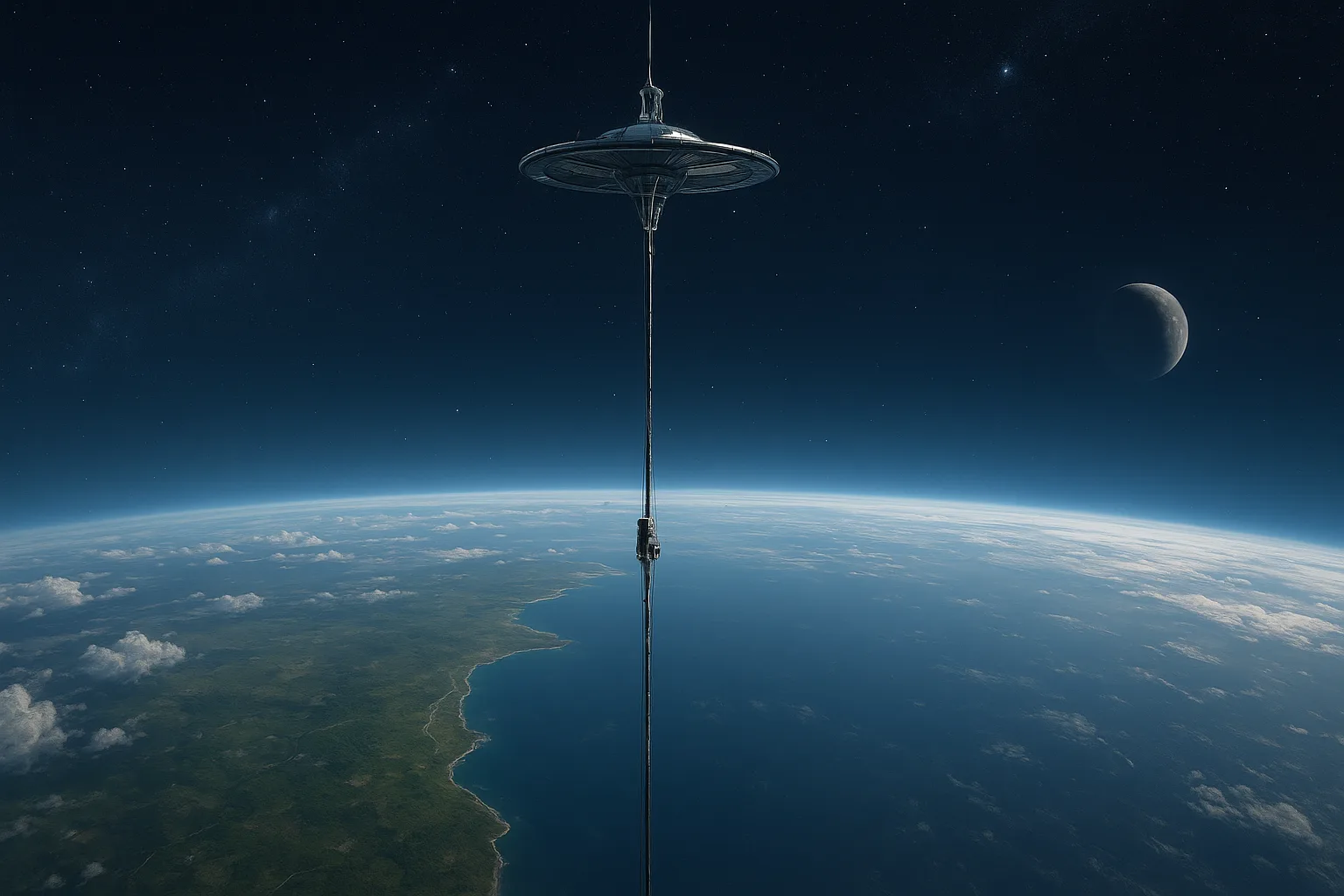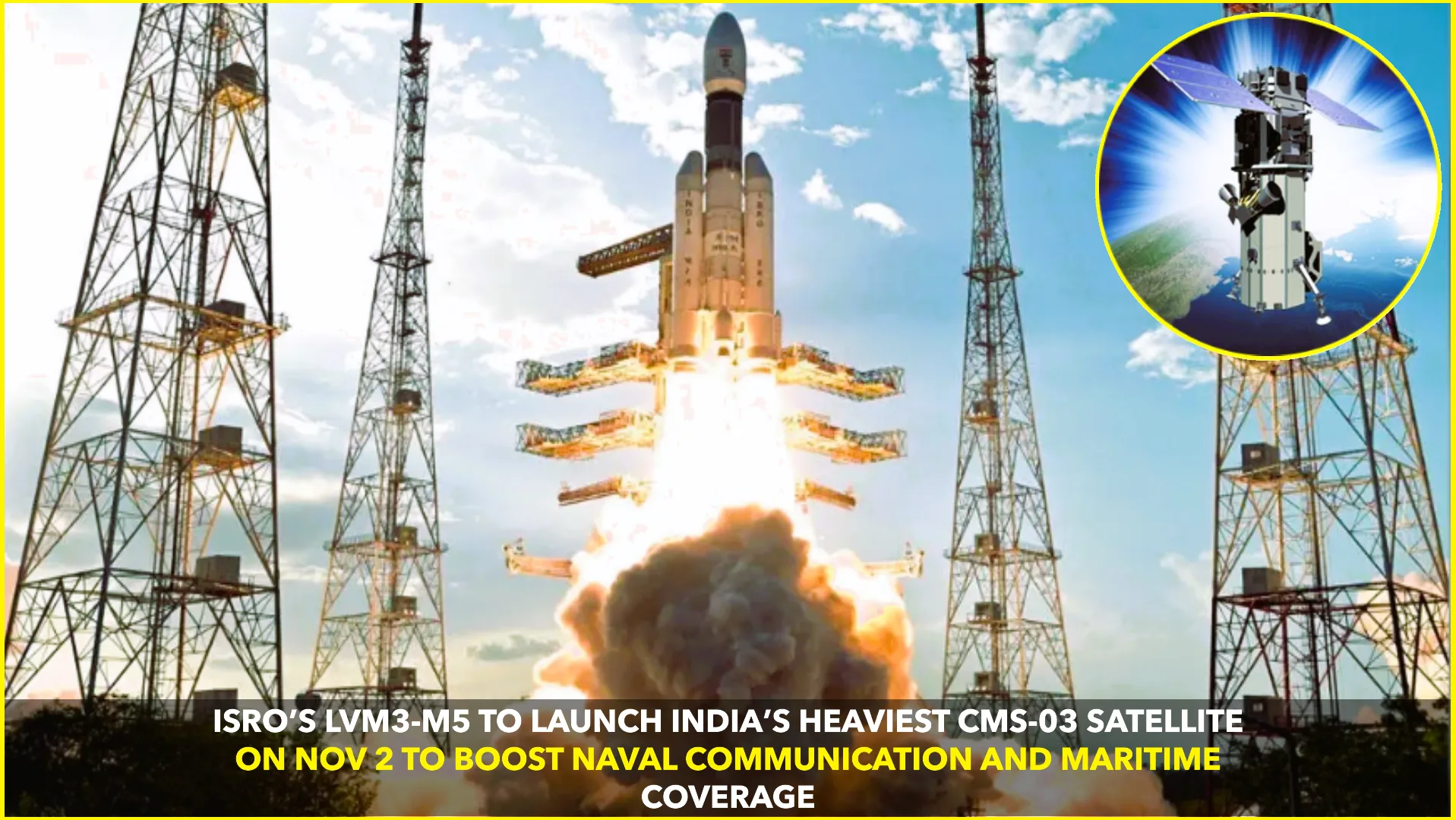In a vision that once belonged only to science fiction, researchers now suggest space elevators—a long cable stretching from Earth into space—could become a reality in as soon as 20 to 30 years. Leading experts point to breakthroughs in materials science and engineering that are turning the century-old idea into a serious candidate for next-generation space access.
Why the excitement?
Massive cost savings and safety improvements:
Traditional rocket launches remain hugely expensive and risky. A space elevator would offer a far more affordable and safer alternative. Physics professor Stephen Cohen, who recently penned an op-ed in Scientific American, argues that such a system could shift space missions into routine “transits”—immune to weather delays and significantly safer for humans and cargo Interesting EngineeringScientific American.
Revolutionizing space travel:
Once the cable is anchored near the equator and extends beyond geostationary orbit, climbers—mechanical elevator-like vehicles—could travel up the tether. Depending on release altitude, payloads might orbit Earth, enter solar orbit, or begin interplanetary journeys—all without rockets Interesting EngineeringScientific American.
How it would work
- Materials: The tether demands a material 50–100 times stronger than steel. Carbon nanotubes, graphene, and boron nitride nanotubes are leading contenders, with research now pathways toward scalable manufacturing.
- Deployment: A proposed “seed cable” weighing perhaps 20 tonnes could be used to pull and reinforce successively stronger strands, building up capacity over time—a concept championed by engineer Bradley Edwards.
- Durability: The tether could self-repair via robots, avoid space debris through vibration control, and resist small impacts thanks to the toughness of advanced materials such as graphene Science FridayRedditWikipedia.
Challenges ahead
- Material scale-up: Laboratory production of graphene or carbon nanotubes is still minute compared to the massive quantities needed for a full elevator. A leap from meters to tens of thousands of kilometers remains the biggest hurdle.
- Environmental risks: Lightning, storms, orbital debris, and micrometeoroid impacts could threaten the tether. Engineers would need robust systems for early detection and mitigation.
- Cost and coordination: Obayashi Corporation in Japan has sketched a $100 billion plan to build a space elevator by 2050, with an ocean-based equatorial port and orbital stations. But questions remain about feasibility, weather resilience, and international governance of such a mega-project The SunBusiness InsiderScience Friday.
Who’s working on it?
- Stephen Cohen (Vanier College, Montreal) believes the technology could arrive in two to three decades and has scouted the engineering groundwork even before materials reach full capacity.
- Collaborations between University of Cambridge and Columbia University recently proposed a lunar “spaceline” using existing materials that may allow a moon-to-orbit elevator within decades—possibly sooner than an Earth elevator.
- Countries like Japan, South Korea, and China are conducting research. Japan’s Obayashi is actively promoting its 2050 timeline, though many experts caution the timeline may be optimistic The SunBusiness InsiderScience Friday.
What this could mean
- Routine space access: Space travel could shift from rare, hazardous missions to everyday transit—moving people and goods to orbit or beyond.
- Scientific and commercial expansion: Lower cost transit may turbocharge satellite deployment, space tourism, lunar missions, and beyond.
- Earth-to-solar-system bridge: At upper release points, payloads could be sent into solar orbit without rockets—unlocking asteroid missions, interplanetary infrastructure, and a jump toward becoming a multi-world civilization.
Summary
Though challenges remain steep—especially in materials and engineering scale-up—the pace of progress suggests that the once-fantastical space elevator may be built within two to three decades. If all goes to plan, what was once sci-fi aspiration may soon serve as humanity’s bridge to the stars.










